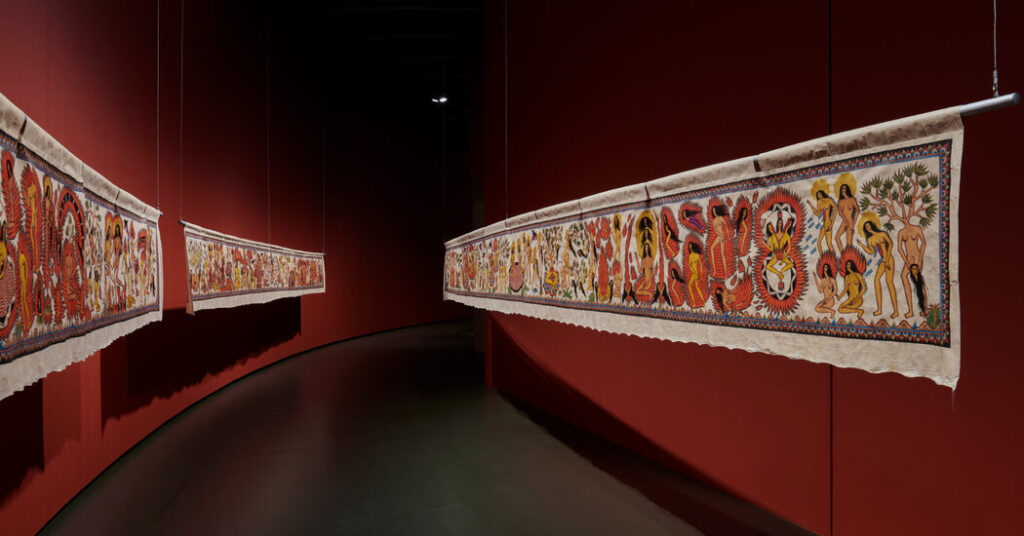Having curated Focus last year and now this year, what are some differences?
Last year, there was a bigger presence in terms of the intergenerational aspect of the section. We also had a strong representation from Indigenous artists. This year, the focus is more international diversity, and a larger number of first-time galleries.
Last year, there wasn’t any video or digital work. As a representation of what is happening in contemporary art right now, it felt like an absence. This year, we have two strong presentations by video artists, Brathwaite-Shirley and Yehwan Song, a Korean-born artist. She creates large-scale, digital installations that are tactile, tiny screens made of cardboard. They are about the internet as a place where you become confined to identities and confined to your algorithmic bubbles. It feels very D.I.Y., but is also technologically ambitious and an unconventional approach.
Is Focus more for the gallery or the artist?
It’s for both. It’s a very symbiotic, shared relationship, and that’s what we try to highlight. The display of the work and how it’s seen by audiences for the first time creates a relationship that’s special to the Focus section and to working with these younger galleries and artists.
Because these booths are solo presentations, they’re like mini-exhibitions. It’s a more dedicated approach to spotlighting an artist and giving them a platform. Many of these galleries try to align these presentations with current institutional presentations in New York so that audiences can see multiple bodies of work.
How are you amplifying diversification and inclusion?
The associations people have with art fairs are big, expensive paintings. And big, expensive paintings are generally made by white men and a few women. Because Focus is younger galleries and artists and is subsidized, there’s more risk-taking that’s brought into the fair. And the fair counts on this section to bring that diversity. Tahir Carl Karmali, who is presented by Management, is a queer artist from Kenya whose work is specific to his experience living in New York. There’s Brathwaite-Shirley and Citra Sasmita, a Balinese artist who is represented by Yeo Workshop, in Singapore.
You mentioned a strong international presence. What locations stand out?
Central Galeria is presenting C.L. Salvaro, and Mitre Galeria is showing Luana Vitra. Both are in São Paulo, Brazil, and are returning galleries, showing complex installations by artists that talk about the destruction of the environment through extractive mining practices. They always bring a sensorial way of installing their booth, so you feel transported when you walk into that booth.


